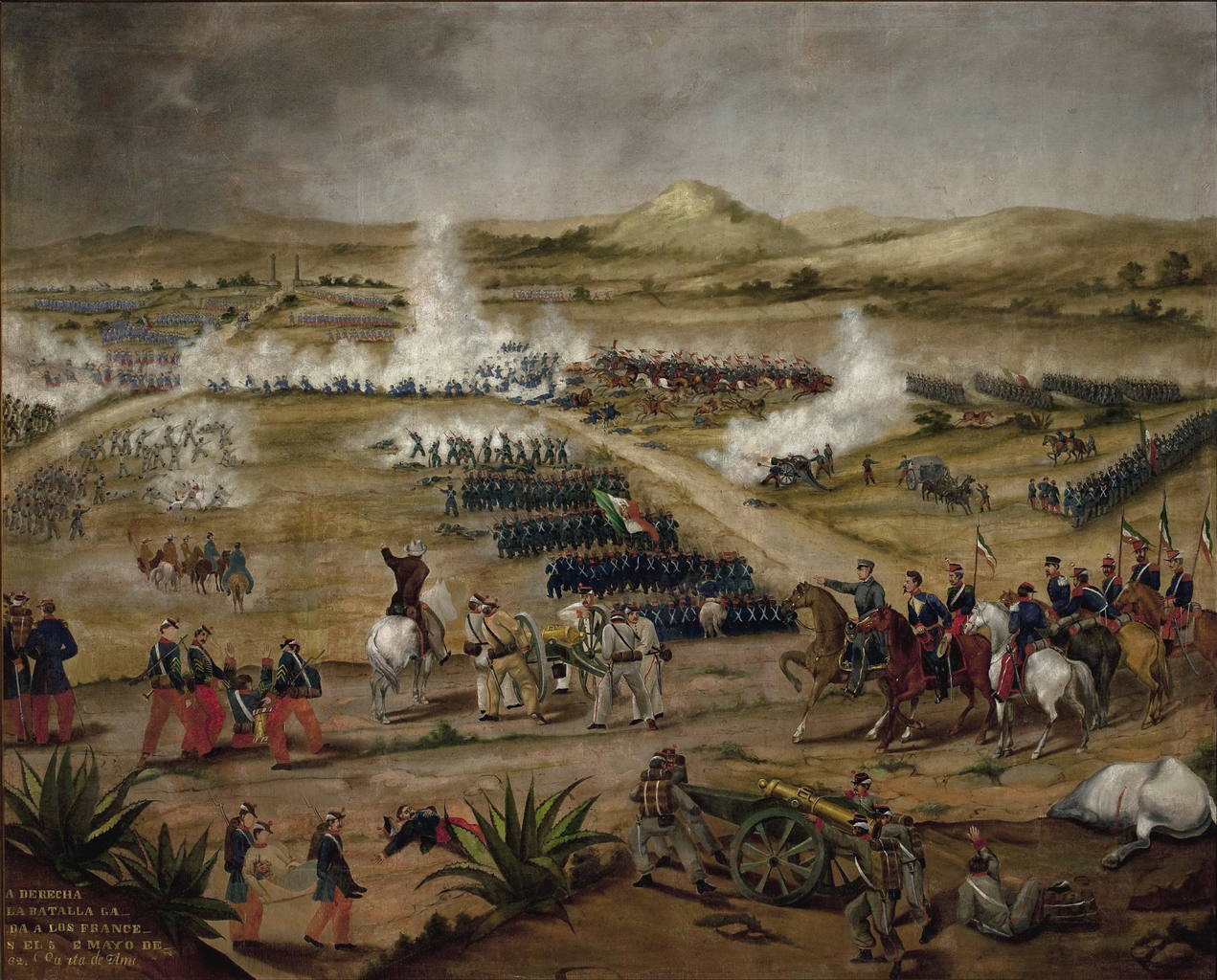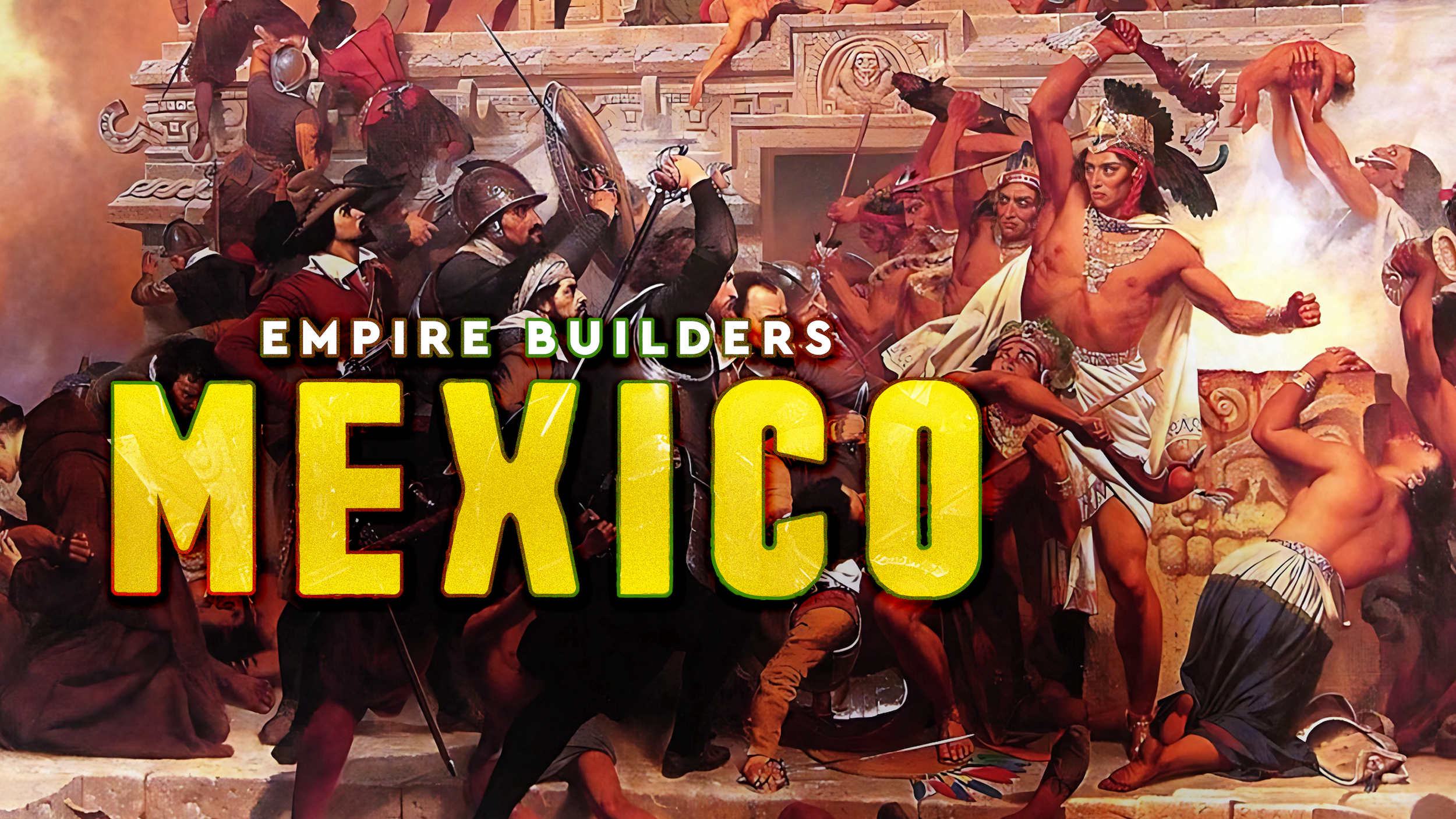Uncover the true story behind Cinco de Mayo – a powerful tale of resilience, cultural pride, and a historic Mexican victory.
◊
Cinco de Mayo, often mistaken for Mexico’s Independence Day, is actually a commemoration of a significant military victory that symbolizes Mexican resistance and resilience. Celebrated on May 5 each year, the holiday marks the Mexican army’s unlikely triumph over French forces at the Battle of Puebla on May 5, 1862.
Dig deeper into Mexico's fascinating history with this MagellanTV documentary.
The Battle of Puebla
The historical context of Cinco de Mayo begins in the mid-19th century, a time when Mexico was facing internal strife and financial instability. After years of civil war, President Benito Juárez suspended payments on foreign debts owed to European nations. In response, France, Britain, and Spain sent naval forces to demand repayment. While Britain and Spain negotiated and withdrew, France, under Emperor Napoleon III, decided to use the situation as an opportunity to establish a French empire in the Americas.
In 1862, French troops landed in Veracruz and began advancing toward Mexico City. As part of this campaign, they encountered strong resistance in the city of Puebla. Led by General Ignacio Zaragoza, a significantly outnumbered and poorly equipped Mexican army managed to defeat the French forces on May 5. The Mexican victory was not strategically decisive in the long term – France would eventually occupy Mexico and install Archduke Maximilian of Austria as emperor – but the Battle of Puebla became a powerful symbol of resistance against foreign domination.
 Anonymous artist's depiction of the Battle of Puebla (Source: Collection of Museo Nacional de las Intervenciones, via Wikimedia Commons)
Anonymous artist's depiction of the Battle of Puebla (Source: Collection of Museo Nacional de las Intervenciones, via Wikimedia Commons)
The Development of the Holiday
The celebration of Cinco de Mayo originated in the state of Puebla, where the battle occurred. Over time, however, the holiday gained popularity in other regions of Mexico and, more prominently, in the United States. Mexican Americans in California were the first to observe Cinco de Mayo, in 1863, using the day to honor both the victory and their own cultural identity, particularly during the U.S. Civil War. The celebration grew in significance among the Chicano movement of the 1960s and 1970s, which embraced it as a source of cultural pride and political activism.
Today, Cinco de Mayo is more widely celebrated in the United States than in Mexico. In the U.S., it has evolved into a festive tribute to Mexican culture and heritage, marked by parades, music, dancing, traditional foods, and educational events. By contrast, in Mexico, it remains a relatively minor holiday, mostly recognized in the state of Puebla with reenactments, civic ceremonies, and community gatherings.
Ω
Title Image credit: Los Muertos Crew, via Pexels


